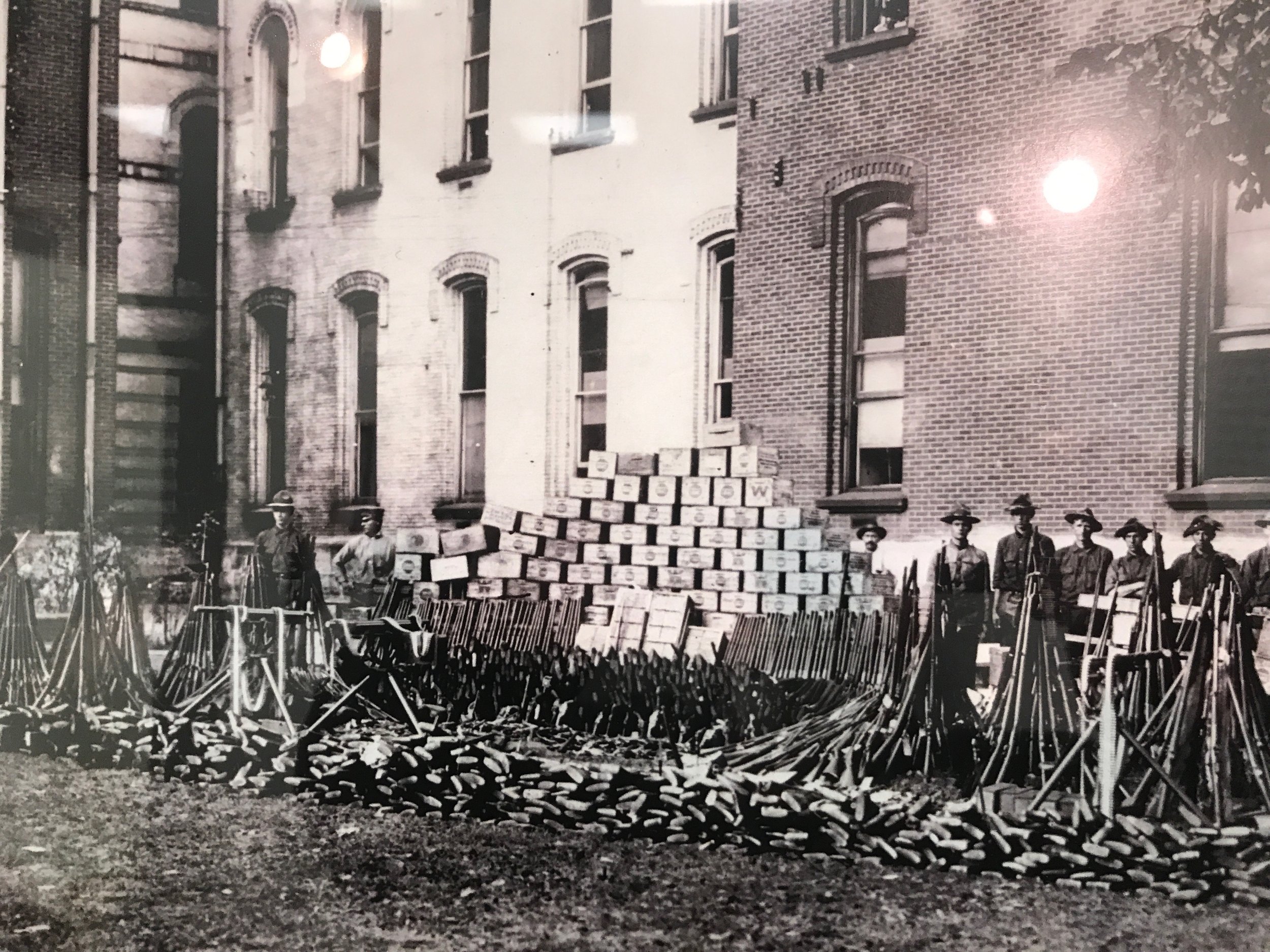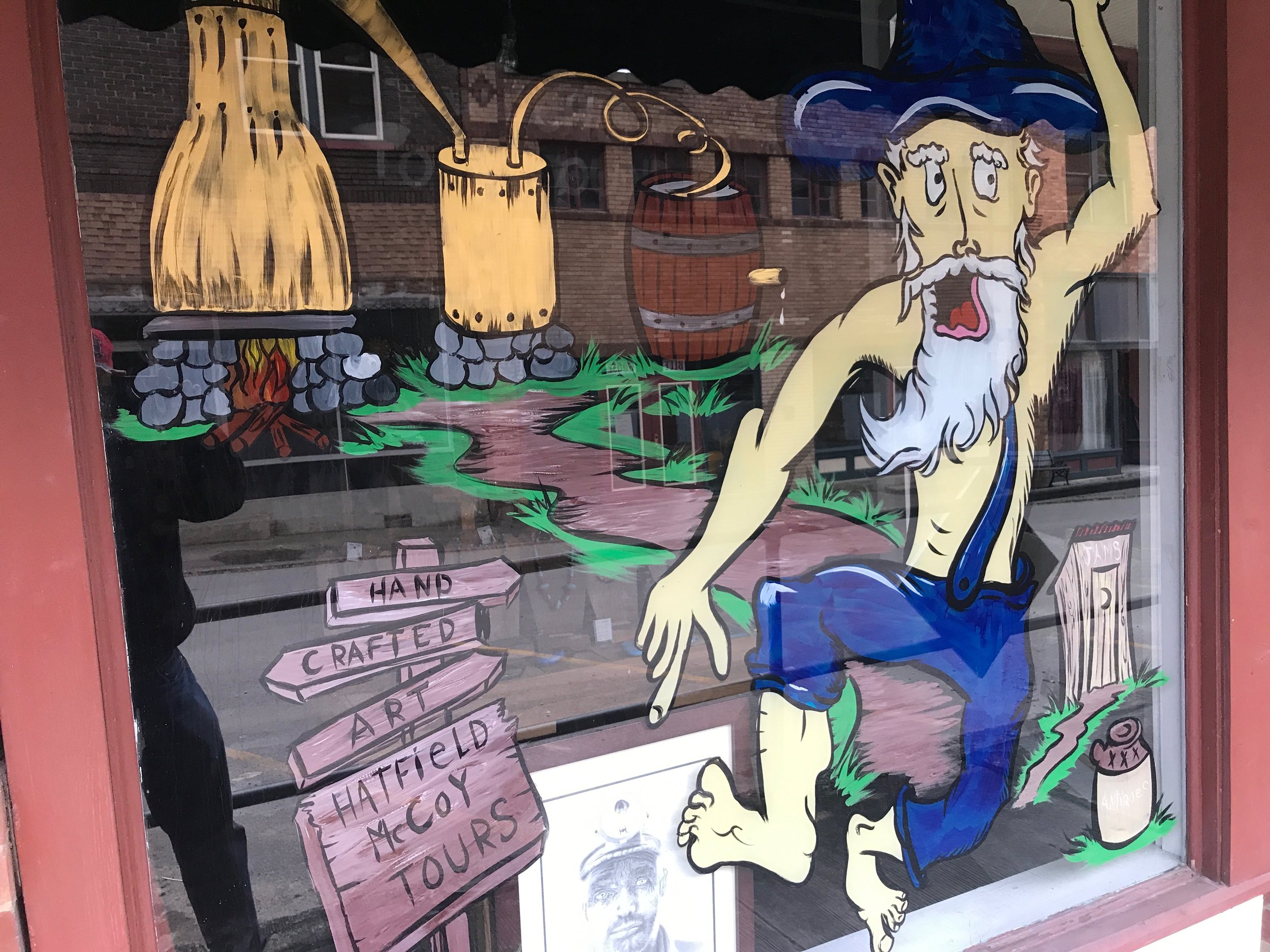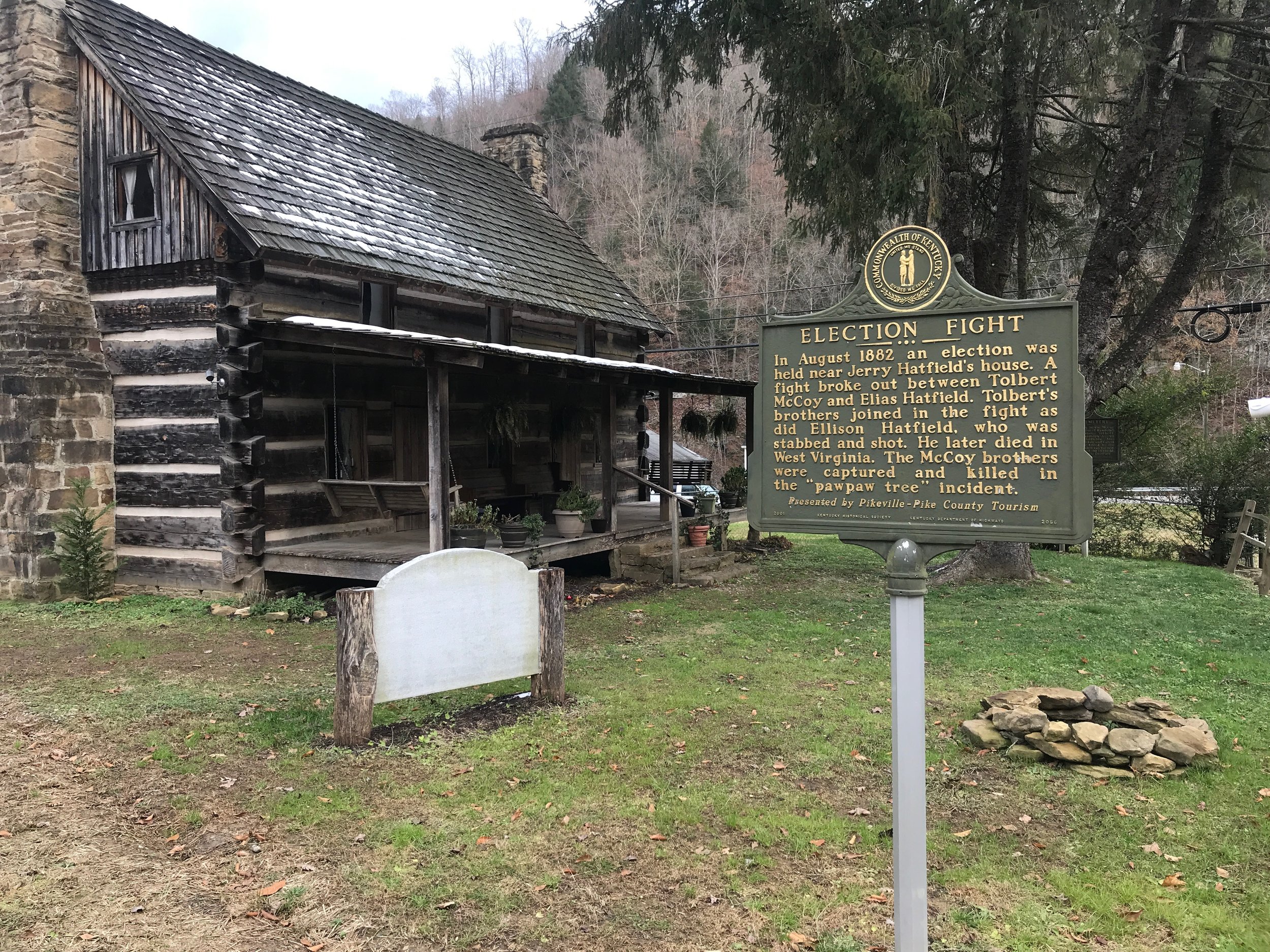The battles of ‘Bloody Mingo’
By Rick Holmes
Dec. 15, 2018
Matewan, West Virginia – The Mingo County fight nobody talks about started when coal miners finally said “enough.”
Back in the early part of the 20th century, the coal companies controlled these mountains and most of the people in them. They brought in workers – immigrants from Europe, African-Americans from the Deep South – and put them in company housing along the railroad line. They paid the miners in company scrip based on the amount they brought up from the mine, scrip that could only be spent in the company store. Company straw bosses weighed the coal, set the pay and determined how much the miners had to pay for food and rent.
The proud miners of Mingo County, newcomers and locals alike, began agitating for better working conditions and a union to represent them. The mine owners struck back with a private army of detectives. They called the enforcers gun thugs. They called the striking miners “Red Necks” – a term you’ve heard before – after their red bandanas.
The fighting started in 1920, when coal company detectives came to Matewan to evict striking miners from their homes. On their return, they were confronted in the middle of town by armed miners and town officials. When the smoke cleared, 10 men were dead, including two miners, seven company detectives and the mayor of Matewan.
“Ten killed,” Kimberly McCoy says with a sigh. “There were only three killed in the gunfight at the OK Corral, and everybody knows about that.”
McCoy is program director at the Mine Wars Museum, among her many civic engagements. The storefront in downtown Matewan one of the few places you’ll hear about America’s deadliest labor insurrection.
After the Matewan Massacre, miners waged guerilla war against the coal companies. Matewan’s police chief was assassinated. A three-day battle along the Tug River, which separates Kentucky from West Virginia, left 20 men dead.
The struggle culminated with 10,000 armed miners – a New York Times headline dubbed them a “Mob of Malcontents” – marching on “Bloody Mingo.” They were met by 3,000 heavily armed lawmen and coal company thugs. Fighting on Blair Mountain went on for five days, and over 100 men were killed.
The fight ended when the National Guard was called in. The miners lost that day, but their cause won in the end. With help from Franklin Roosevelt’s New Deal, the mines of West Virginia were unionized in the 1930s.
The Mingo County fight everyone talks about started 55 years before the Mine Wars. The battle between the Hatfields and McCoys served no cause as worthy as workers’ rights, but it grabbed the nation’s attention and shaped hillbilly stereotypes that stick to the people who live in the mountains.
The Hatfields and McCoys are all over the mountains they roamed. Their name is on businesses, entertainments and museums. There’s a Hatfield-McCoy network of ATV trails. There’s a guided motor tour, taking tourists to sites where the feud played out. You can visit the cabin where a dispute over a stolen pig led to a murder, the site of the Election Day party where drunken McCoys killed a drunken Hatfield, the patch of pawpaw trees where Hatfields executed three McCoys in retaliation. You can stop at some of the graves of the dozens of men, women and children killed over 20 years of feuding.
There’s drama in the story: It has two proud patriarchs, “Devil Anse” Hatfield and “Ol’ Ran’l” McCoy. There’s a Romeo and Juliet subplot featuring Johnse Hatfield and Roseanna McCoy. There are enough reckless sons, drunken cousins, colorful scoundrels and suffering women to fill a History Channel miniseries. There’s a little bit of politics: The first casualty was a Union soldier coming home from the Civil War, shot by Confederate loyalists. The Hatfields lived mostly in West Virginia, the McCoys in Kentucky, and both found allies among their state’s lawmen and politicians.
Newspapers around the world carried breathless accounts of the mayhem being carried out by dumb hillbillies. For decades after the shooting stopped, the Hatfield-McCoy feud was a cautionary tale, an example of what happens when people can’t get along. Now it’s played mostly for laughs. The Hatfield & McCoy Dinner Feud attraction in Pigeon Forge, Tenn. is all mountain music and cornpone humor, with uncultured hillbillies the butt of the jokes.
In the end, the battle between the Hatfields and McCoys is no more meaningful than a turf war among urban gangs. Unless you’re family, it’s hard to find anyone to root for. If you’re family, living in these mountains, it’s a tragedy you can’t escape.
Kim McCoy is family. She’s a Hatfield who married a McCoy, which is not as unusual as you might think, she says. That’s where the term “real McCoy” came from, another phrase you may have heard. At the museum, she keeps the story of the Mine Wars alive. On a stage alongside the Dug River at Hatfield-McCoy Park, she performs in a play about the crimes of her ancestors.
Both stories show the strength and rebelliousness of people living on the frontier, she says, where everything revolved around family. In the hands of a sensationalistic press, both reinforced the stereotype of ignorant hillbillies, clannish, inbred, violent and drunk on moonshine.
It’s not a happy history, she admits. Her responsibility, like that all who keep history alive, is to tell the stories with respect for truth, and with compassion for all the fighters buried in these mountains.
Rick Holmes can be reached at rick@rickholmes.net. You can follow his journey at www.rickholmes.net. Like him on Facebook at Holmes & Co, on follow him on Twitter @HolmesAndCo.




